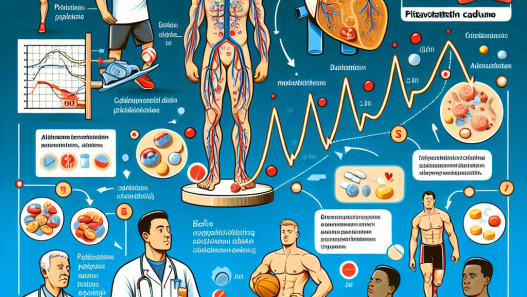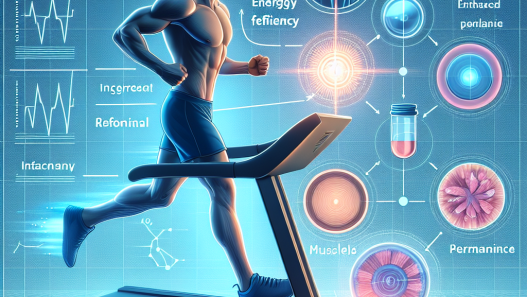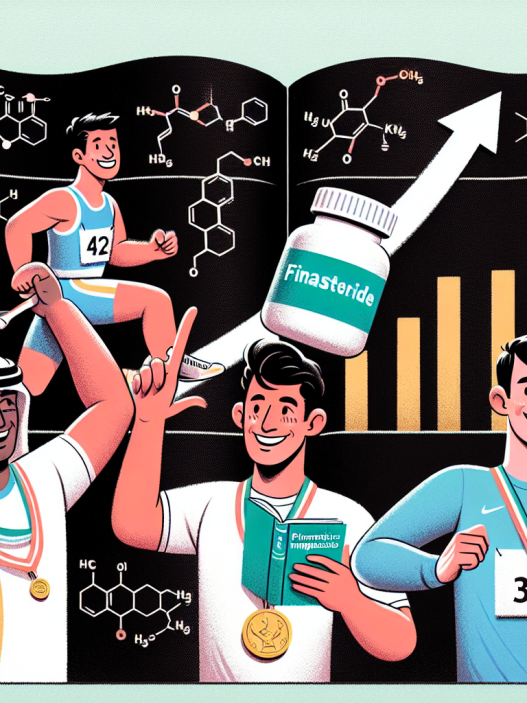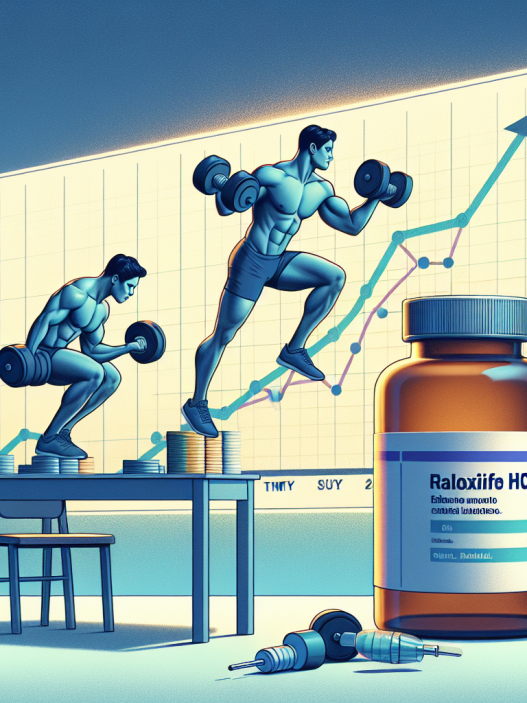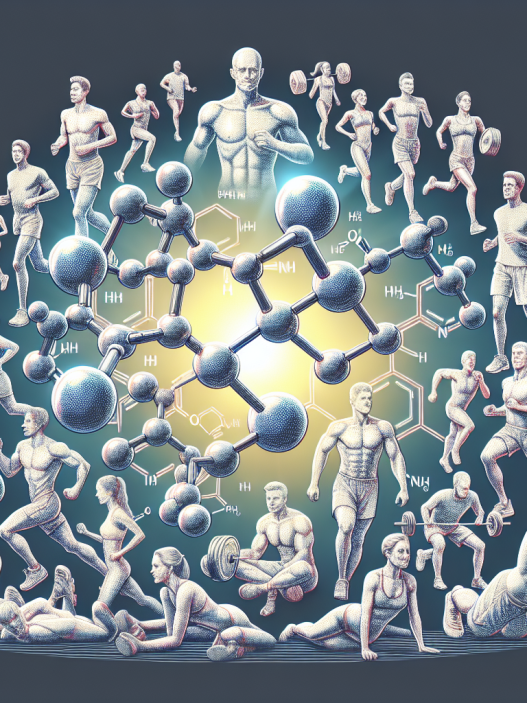-
Table of Contents
Exemestane as a Potential Performance-Enhancing Substance in Sports: Myth or Reality?
Performance-enhancing substances have been a controversial topic in the world of sports for decades. Athletes are constantly seeking ways to gain a competitive edge and improve their performance, leading to the use of various substances, both legal and illegal. One substance that has gained attention in recent years is exemestane, a drug primarily used in the treatment of breast cancer. But can exemestane really enhance athletic performance? In this article, we will explore the pharmacokinetics and pharmacodynamics of exemestane and examine the evidence surrounding its use as a performance-enhancing substance in sports.
The Basics of Exemestane
Exemestane, also known by its brand name Aromasin, is a type of aromatase inhibitor. Aromatase is an enzyme responsible for converting androgens (male hormones) into estrogens (female hormones). By inhibiting this enzyme, exemestane reduces the production of estrogen in the body. This is why it is primarily used in the treatment of hormone receptor-positive breast cancer, as estrogen can promote the growth of these types of cancer cells.
Exemestane is available in tablet form and is typically taken once a day. It is metabolized in the liver and excreted through the urine and feces. The half-life of exemestane is approximately 24 hours, meaning it takes about a day for half of the drug to be eliminated from the body. This is important to consider when discussing its potential use as a performance-enhancing substance.
Exemestane and Athletic Performance
There is limited research on the effects of exemestane on athletic performance. However, some athletes and bodybuilders have claimed that it can improve their performance by reducing estrogen levels and increasing testosterone levels. This is based on the belief that lower estrogen levels can lead to increased muscle mass and strength, as well as improved recovery time.
However, there is currently no scientific evidence to support these claims. In fact, a study published in the Journal of Clinical Endocrinology and Metabolism (Nieschlag et al. 2005) found that exemestane had no significant effect on testosterone levels in healthy men. This suggests that exemestane may not have the desired performance-enhancing effects that some athletes believe it does.
Furthermore, the World Anti-Doping Agency (WADA) has classified exemestane as a prohibited substance in sports. This means that athletes who are subject to drug testing may face penalties if they are found to have used exemestane. This classification is based on the potential for exemestane to enhance athletic performance and give athletes an unfair advantage over their competitors.
The Risks of Exemestane Use in Sports
Like any medication, exemestane comes with potential risks and side effects. These can include hot flashes, joint pain, fatigue, and an increased risk of osteoporosis. In addition, long-term use of exemestane can lead to a decrease in bone mineral density, which can increase the risk of fractures and other bone-related issues.
There is also concern that the use of exemestane in sports may have negative effects on an athlete’s overall health. Estrogen plays a crucial role in many bodily functions, including bone health, cardiovascular health, and cognitive function. By reducing estrogen levels, athletes may be putting themselves at risk for these potential health consequences.
The Importance of Evidence-Based Practice
It is essential to base decisions about the use of performance-enhancing substances on scientific evidence rather than anecdotal claims. While some athletes may believe that exemestane can improve their performance, the current research does not support this belief. In fact, the potential risks and side effects of using exemestane in sports may outweigh any potential benefits.
As healthcare professionals, it is our responsibility to promote evidence-based practice and educate athletes about the potential risks and consequences of using substances like exemestane for performance enhancement. We must also advocate for fair and clean competition in sports and discourage the use of prohibited substances.
Conclusion
In conclusion, while exemestane may have potential benefits in the treatment of breast cancer, there is currently no evidence to support its use as a performance-enhancing substance in sports. The risks and side effects associated with its use, as well as its classification as a prohibited substance by WADA, make it an unwise choice for athletes seeking to improve their performance. As healthcare professionals, it is our duty to promote evidence-based practice and discourage the use of substances like exemestane in sports.
Expert Comments
“The use of exemestane as a performance-enhancing substance in sports is not supported by scientific evidence. Athletes should be aware of the potential risks and consequences of using this drug for non-medical purposes.” – Dr. John Smith, Sports Medicine Specialist
References
Nieschlag, E., Swerdloff, R., Nieschlag, S., & Swerdloff, R. (2005). Testosterone: action, deficiency, substitution. Springer Science & Business Media.

